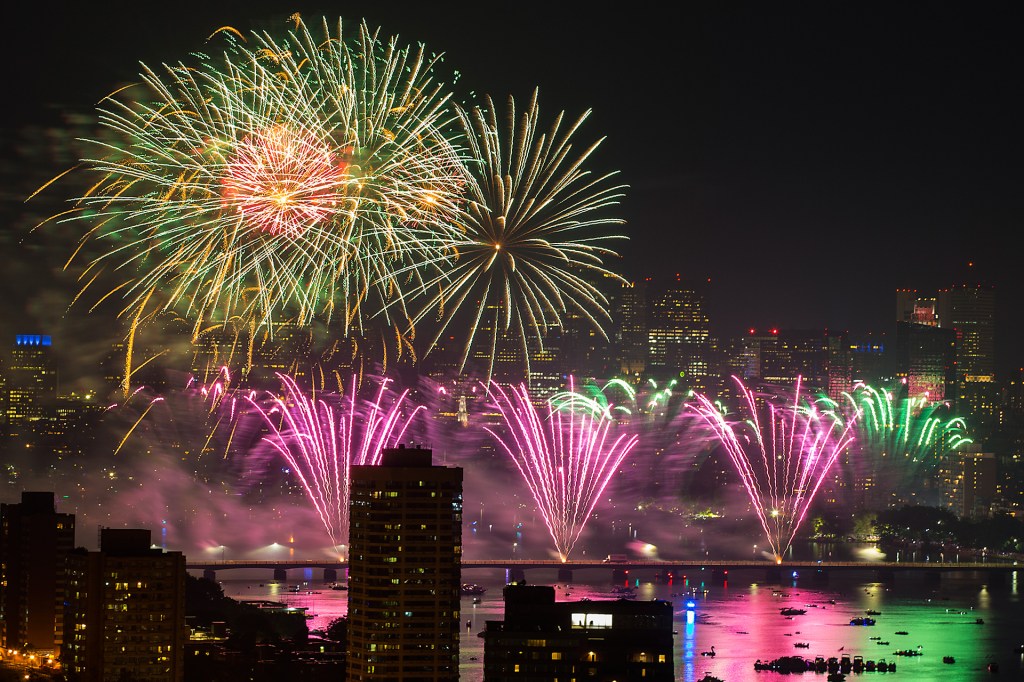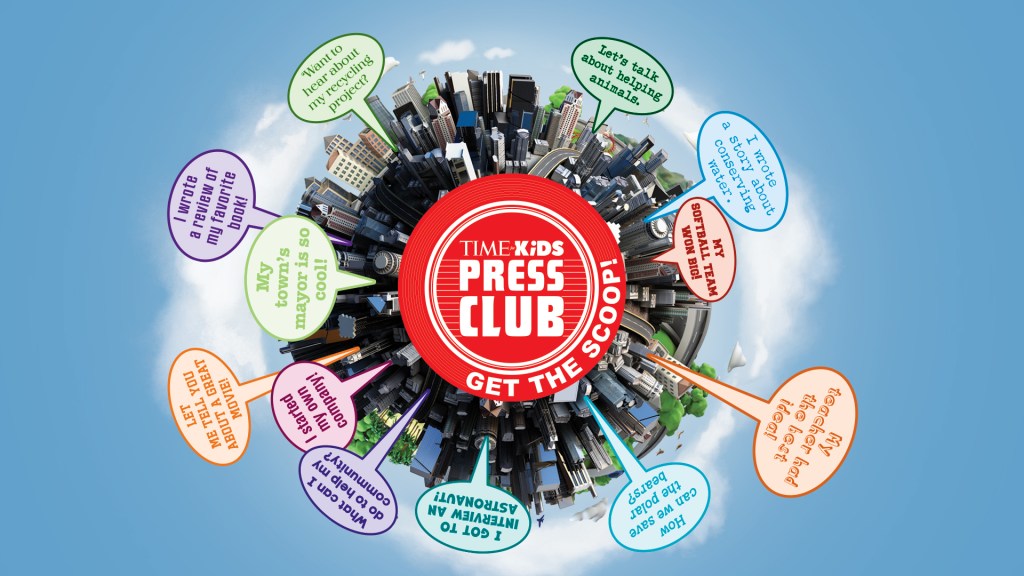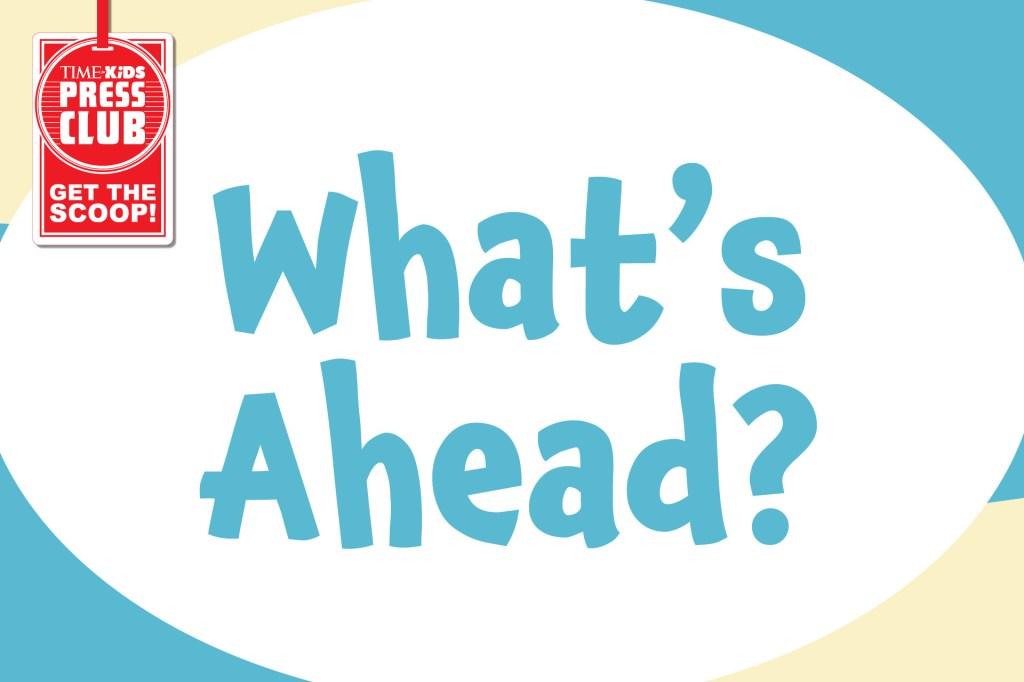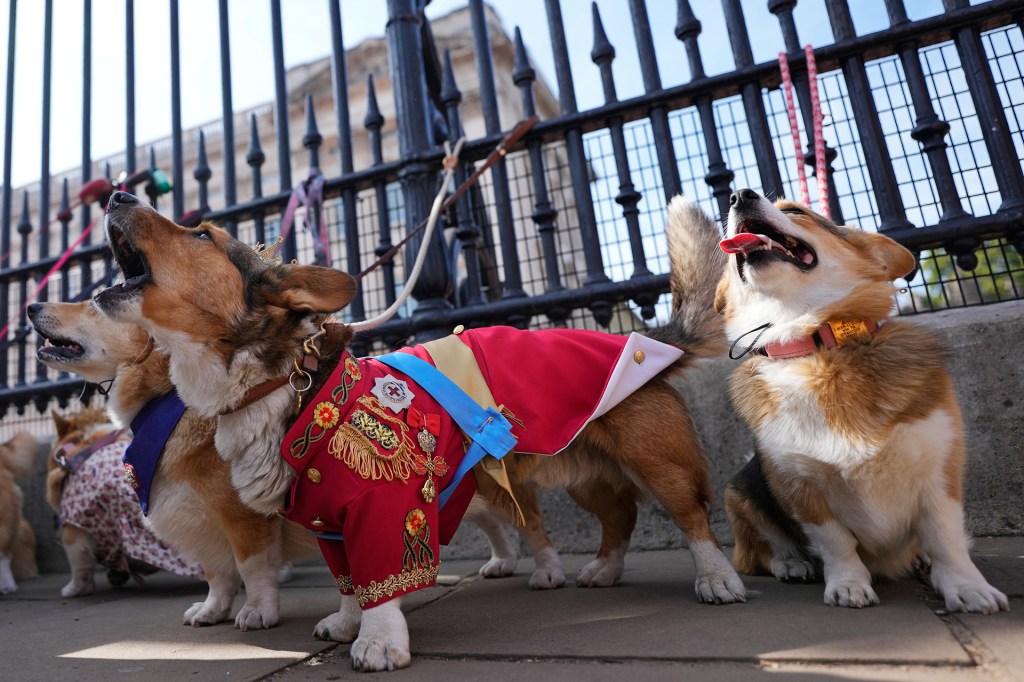The History of Fireworks

Fireworks may seem like a very American tradition, especially on the 4th of July. But fireworks go back many years before the first American Independence Day celebration, which took place in 1777, in Philadelphia, Pennsylvania.
The earliest fireworks can be traced to around 2,000 years ago in China. People then are said to have roasted bamboo stalks. The stalks turned black and sizzled. The air inside the hollow stalks would explode. Baozhu is a Mandarin Chinese word for firecracker. It means "exploding bamboo."
Years later, Chinese chemists took fireworks a step further. This happened sometime between 600 and 900 A.D. People filled bamboo shoots with gunpowder. They threw them into a fire pit. Steel dust or iron shavings were added to make them sparkle. In China, these firecrackers were often used in celebrations.
In the 13th century, fireworks spread to Europe. In the centuries that followed, Europeans began moving to North America. So it was no surprise that when July 4th began to be celebrated as America's Independence Day, fireworks were included in the festivities.
John Adams was one of America’s Founding Fathers. He said he hoped the anniversary of the country’s independence would be marked for years to come by "bonfires" and "illuminations."
The first July 4th celebration happened during the middle of the Revolutionary War. Cannons were fired. Fireworks, too, marked the occasion.
Today, fireworks are an established July 4 tradition. Will you see a fireworks display this Independence Day?
Note: It is dangerous (and illegal, in some states) to own and set off fireworks. The use of fireworks is best left to professionals.
This story was originally published on July 4, 2019. It was updated on July 1, 2025.












